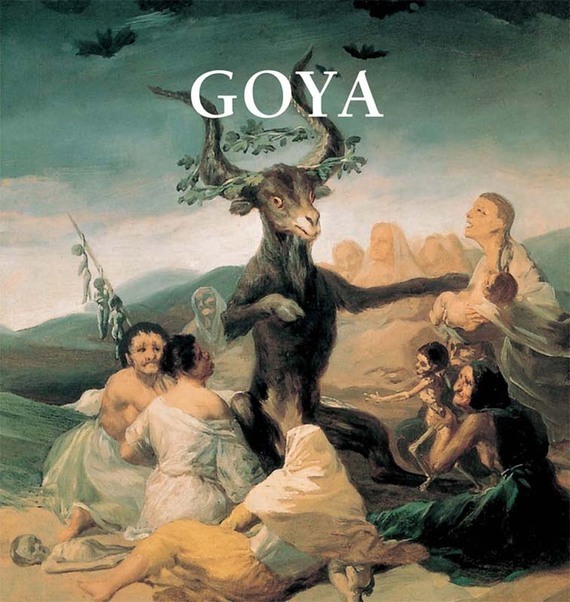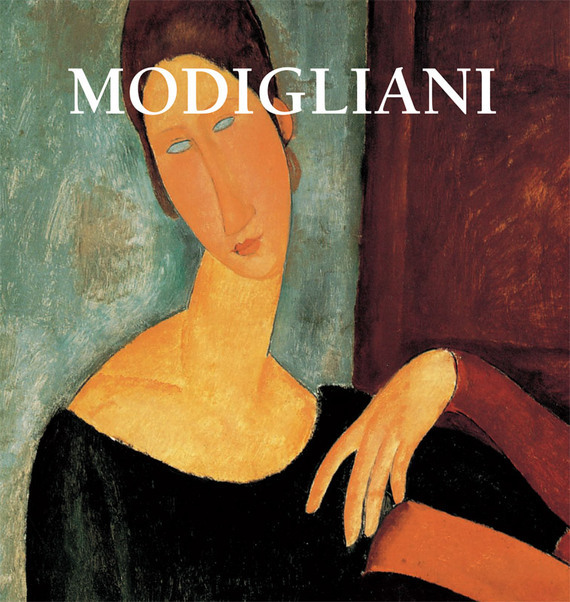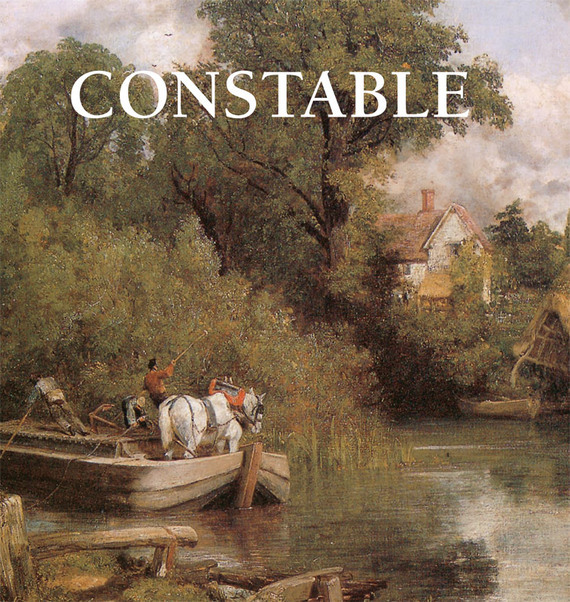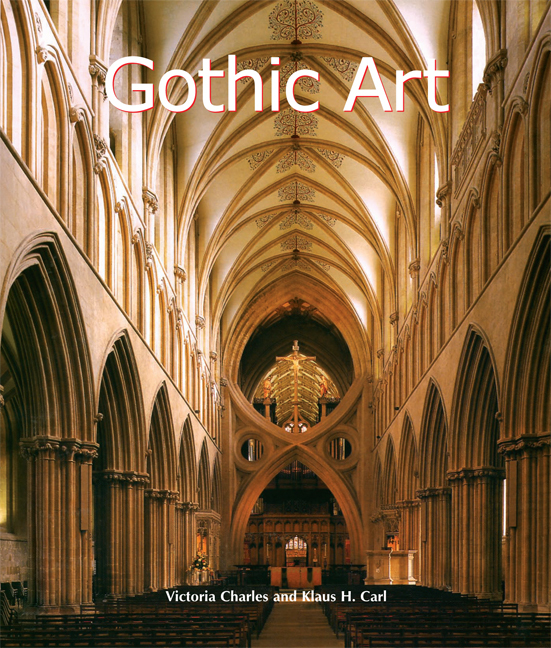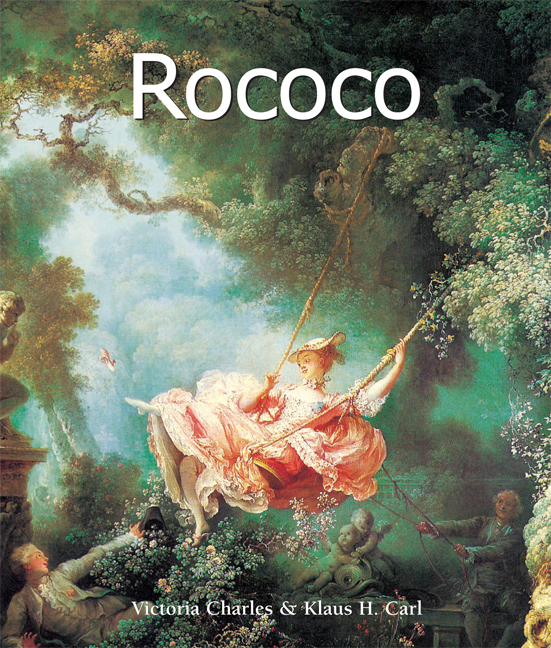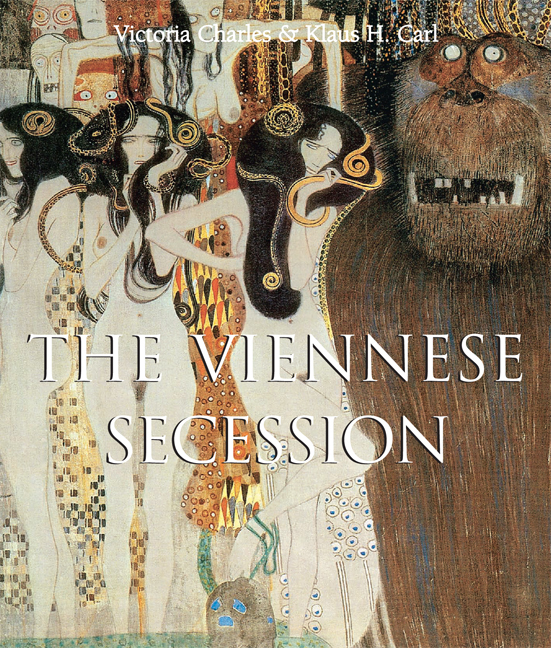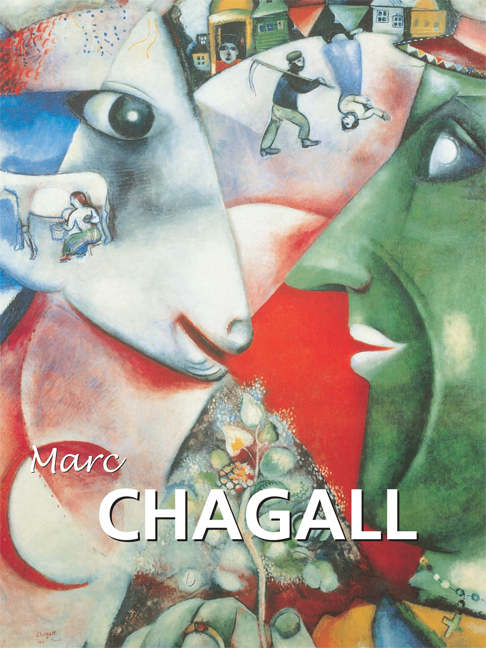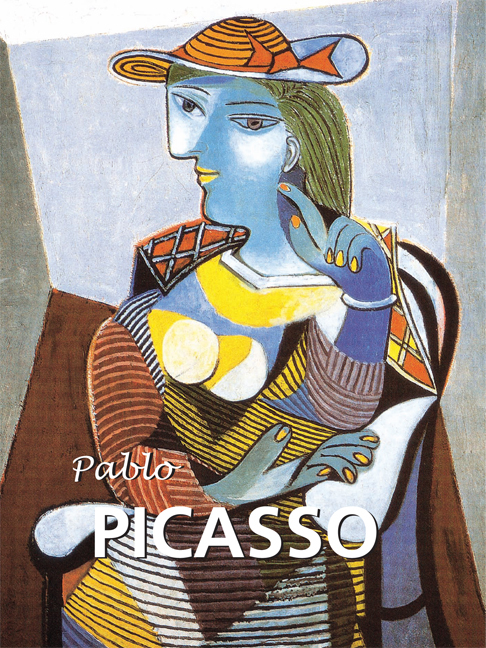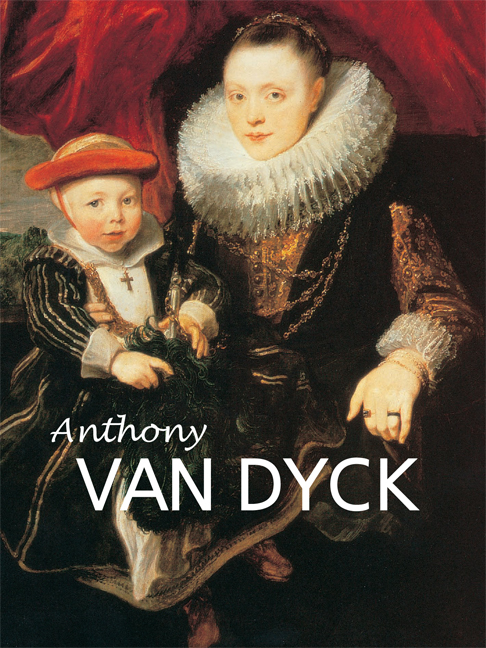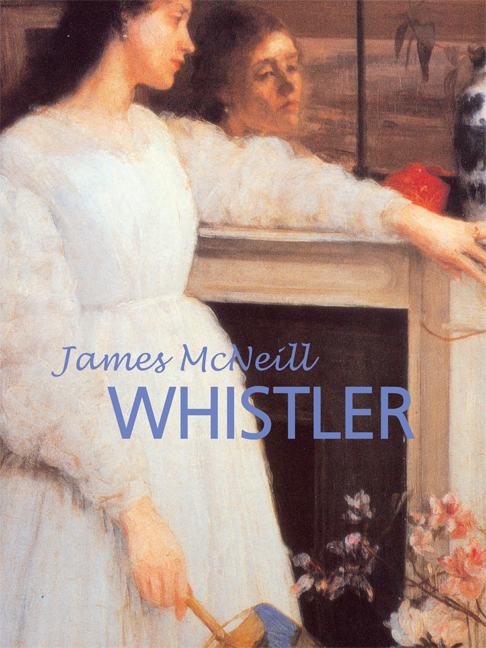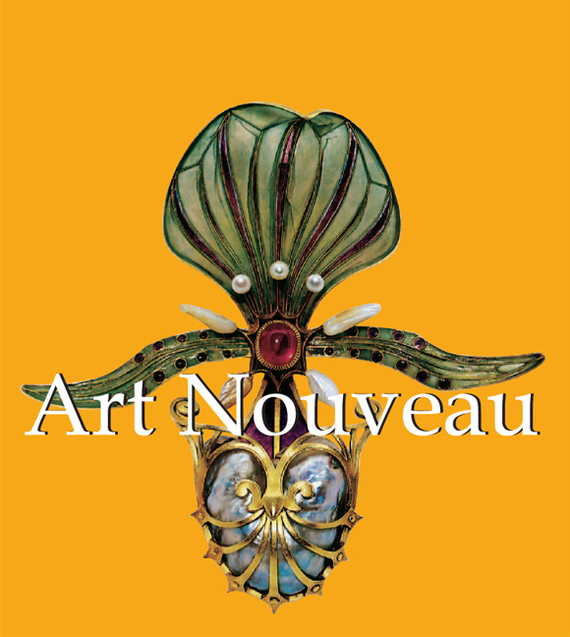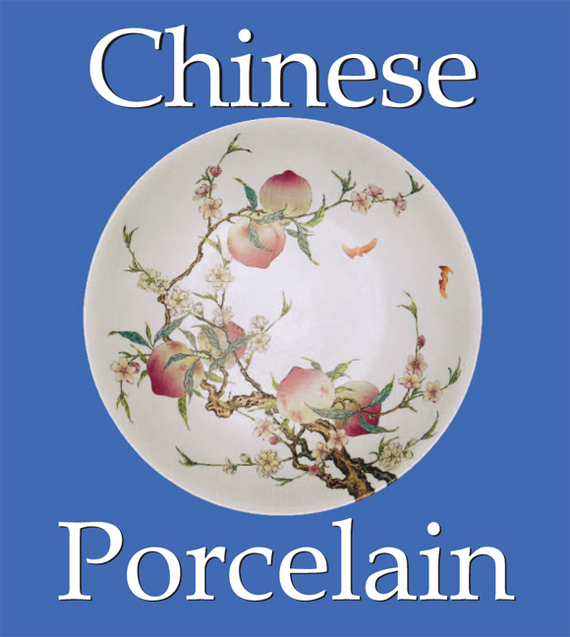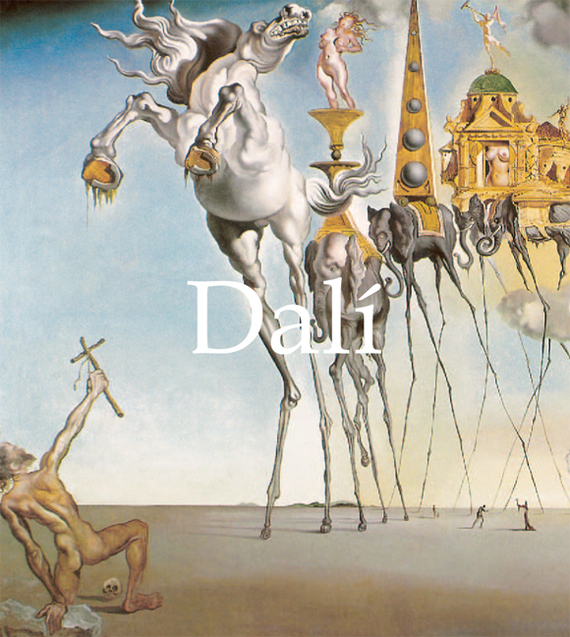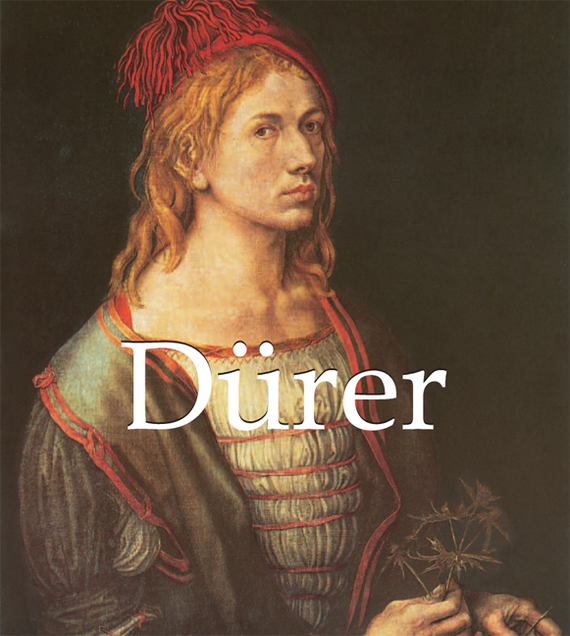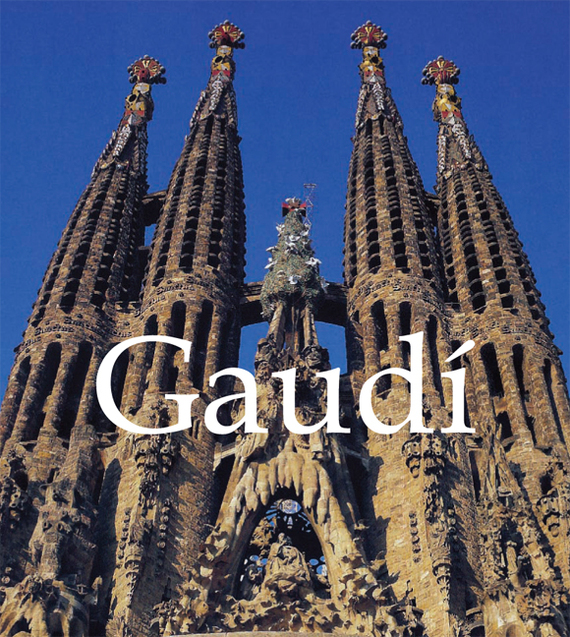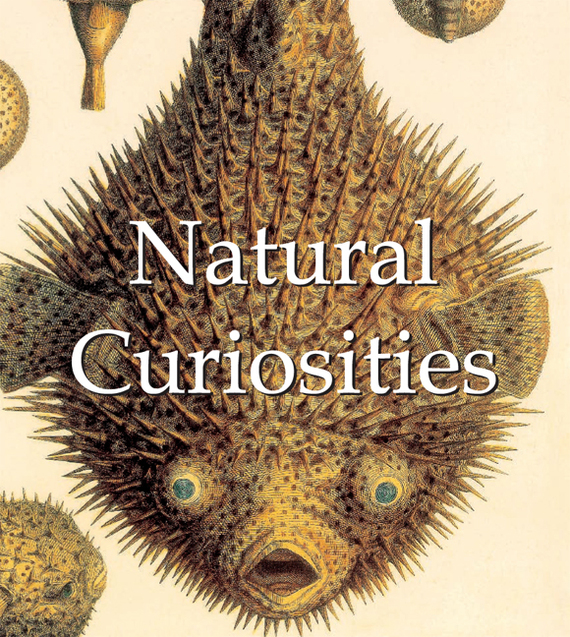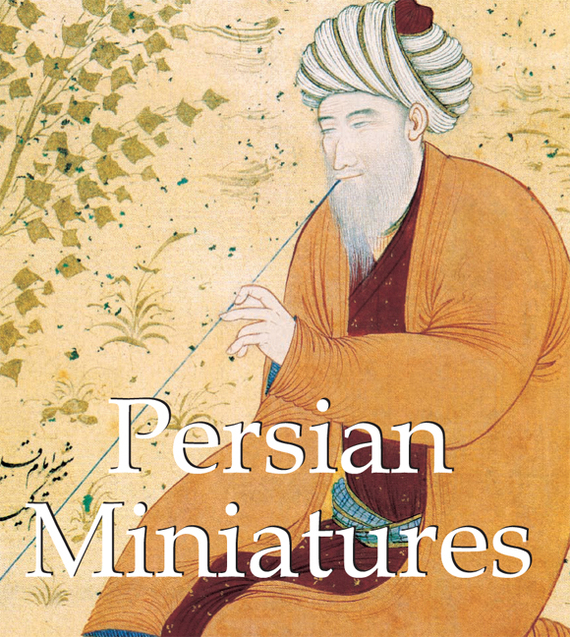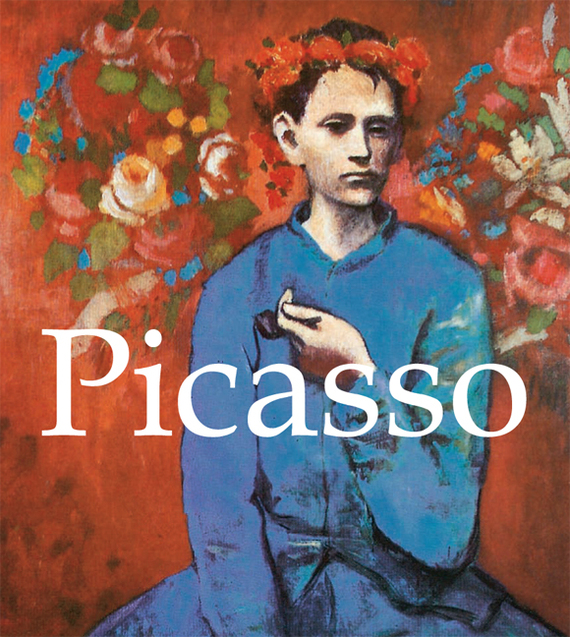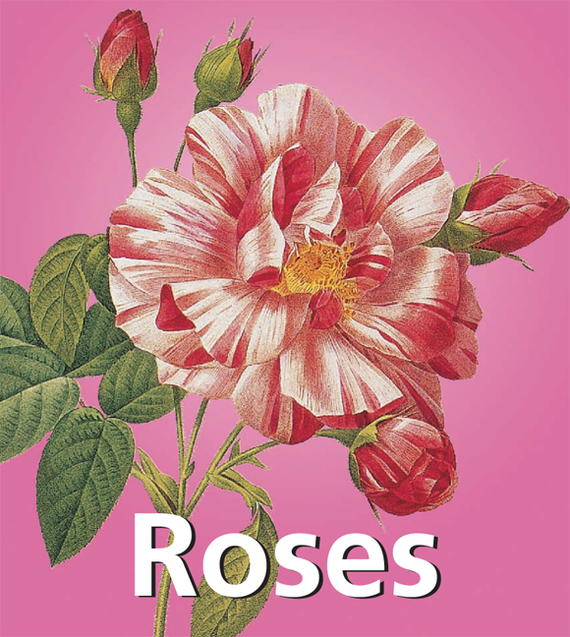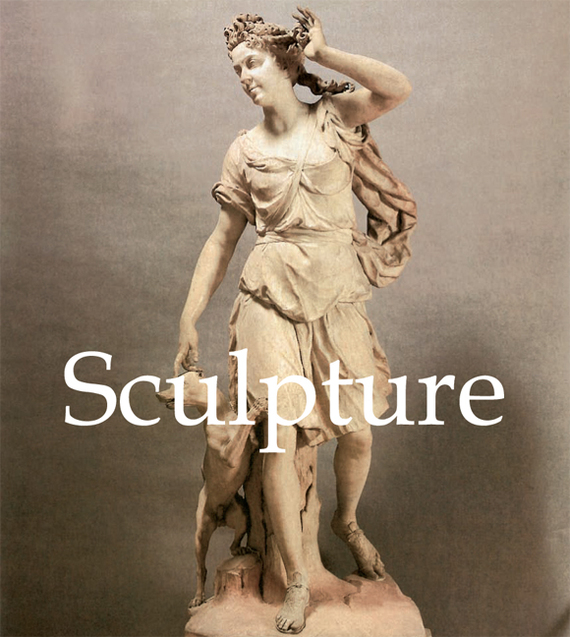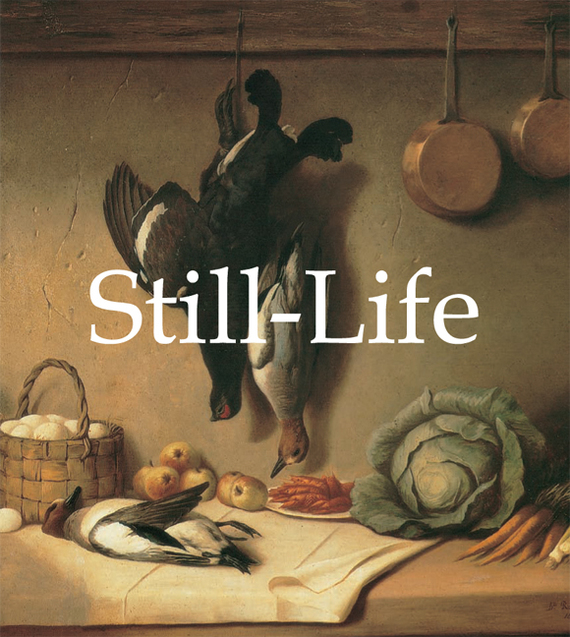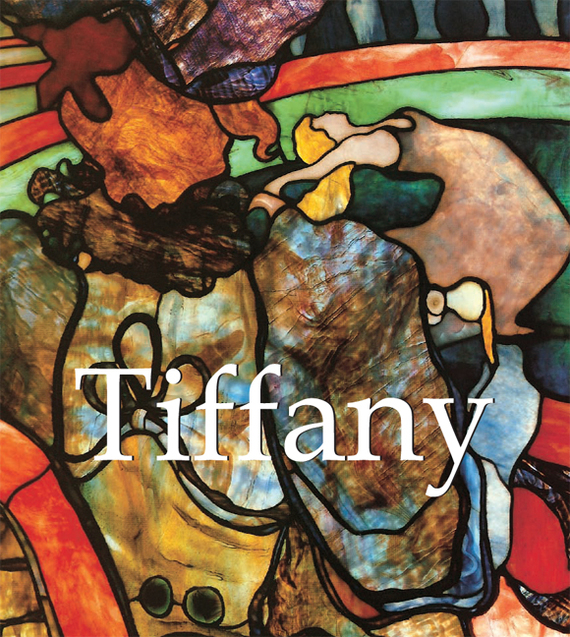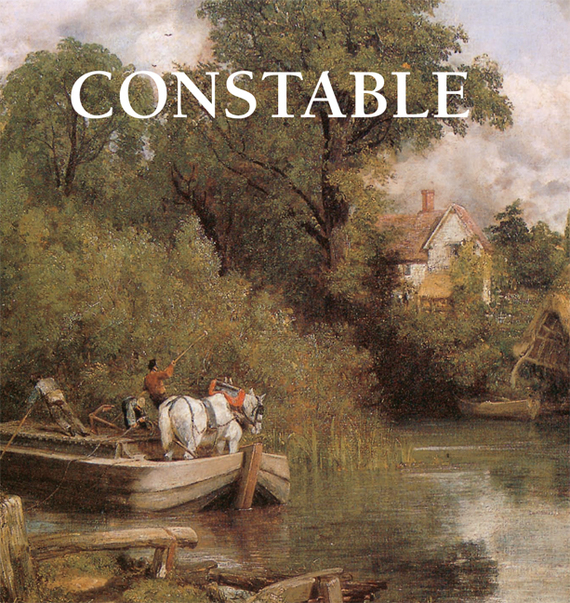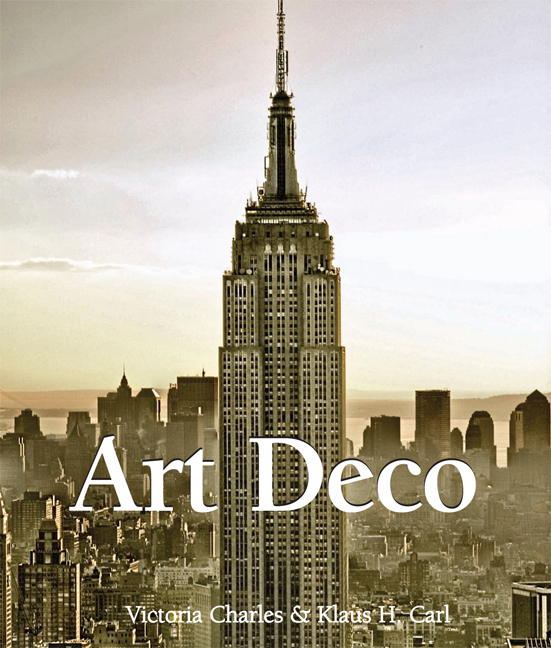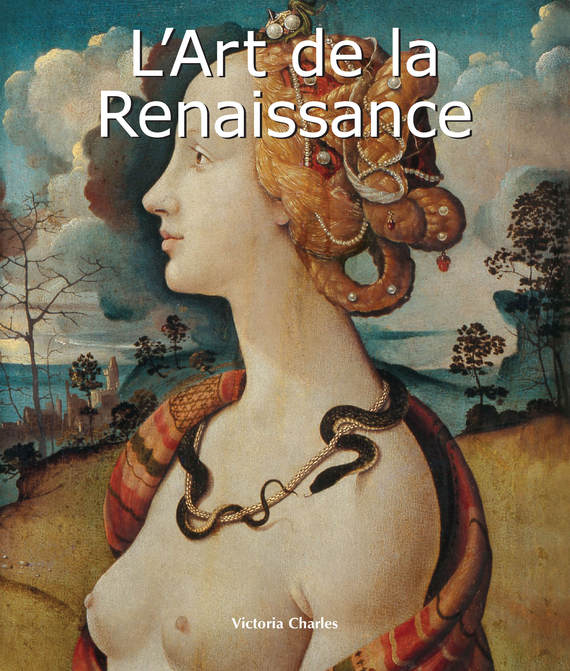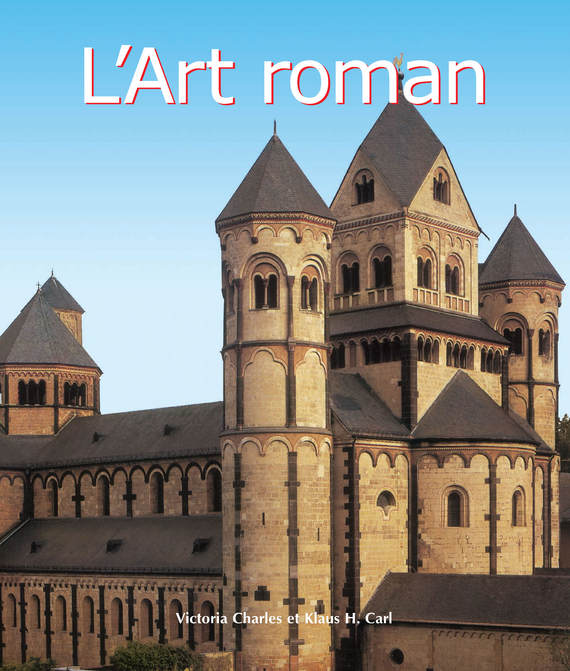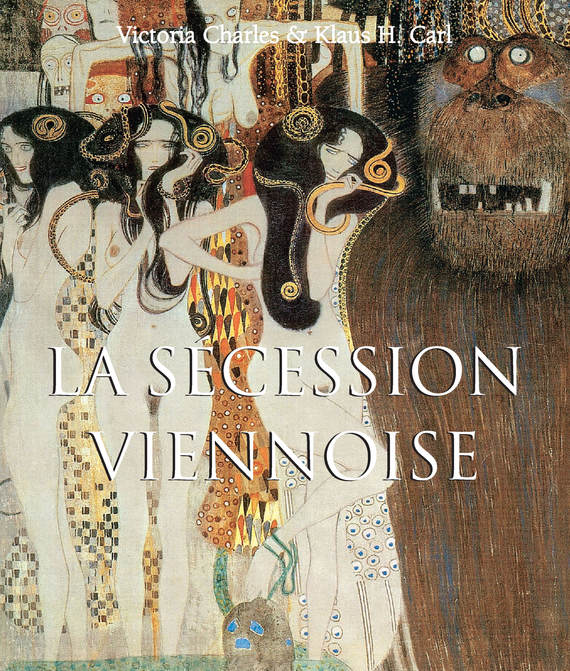Рубрикатор
-
-
Черновики
-
Бизнес-Книги
- Поиск работы, карьера
- Управление, подбор персонала
- Маркетинг, PR, реклама
- Банковское дело
- Ценные бумаги, инвестиции
- Бухучет, налогообложение, аудит
- ВЭД
- Экономика
- Отраслевые издания
- Корпоративная культура
- Личные финансы
- Недвижимость
- О бизнесе популярно
- Малый бизнес
- Делопроизводство
- Зарубежная деловая литература
- Фантастика
- Любовные романы
- Приключения
- Детские книги
- Наука, Образование
- Справочники
- Публицистика
- Религия
- Юмор
- Боевики
- Indo-European languages
- The arts
- Humanities
- Health & personal development
- Современная проза
- Зарубежная литература
- Фэнтези
- Искусство
- Книги по психологии
- Повести, рассказы
- Детективы
- Поэзия, Драматургия
- Компьютеры
- Дом, Семья
- Периодические издания
- Классика
-
Черновики
Victoria Charles
Marc Chagall was born into a strict Jewish family for whom the ban on representations of the human figure had the weight of dogma. A failure in the entrance examination for the Stieglitz School did not stop Chagall from later joining that famous school founded by the Imperial Society for the Encouragement of the Arts and directed by Nicholas Roerich. Chagall moved to Paris in 1910. The city...
Goya is perhaps the most approachable of painters. His art, like his life, is an open book. He concealed nothing from his contemporaries, and offered his art to them with the same frankness. The entrance to his world is not barricaded with technical difficulties. He proved that if a man has the capacity to live and multiply his experiences, to fight and work, he can produce great art without...
Modigliani (1884-1920) was a painter of great unhappiness in his native Italy and felt only sorrow in his adopted country of France. Out of this discontent came forth Modigliani’s original work, which was influenced by African art, the Cubists, and drunken nights in Montparnasse.
His portrayal of women—sensual bodies, almost aggressive nudity, and mysterious faces—expresses their...
John Constable was the first English landscape painter to take no lessons from the Dutch. He is rather indebted to the landscapes of Rubens, but his real model was Gainsborough, whose landscapes, with great trees planted in well-balanced masses on land sloping upwards towards the frame, have a rhythm often found in Rubens. Constable’s originality does not lie in his choice of subjects, which...
Inspired by Monet’s work at a young age, Paul Signac (1863-1935) was a friend and disciple of Georges Seurat who combined the scientific precision of pointillism with the vivid colors and emotional expressivity of Impressionism. A close personal friend of Vincent van Gogh, who was a great admirer of his techniques, Signac traveled the world in search of inspiration for his monumental...
The Baroque period lasted from the beginning of the seventeenth century to the middle of the eighteenth century. Baroque art was artists’ response to the Catholic Church’s demand for solemn grandeur following the Council of Trent, and through its monumentality and grandiloquence it seduced the great European courts. Amongst the Baroque arts, architecture has, without doubt, left the...
Gothic art finds its roots in the powerful architecture of the cathedrals of northern France. It is a medieval art movement that evolved throughout Europe over more than 200 years. Leaving curved Roman forms behind, the architects started using flying buttresses and pointed arches to open up cathedrals to daylight. A period of great economic and social change, the Gothic era also saw the...
The Renaissance began at the end of the 14th century in Italy and had extended across the whole of Europe by the second half of the 16th century. The rediscovery of the splendour of ancient Greece and Rome marked the beginning of the rebirth of the arts following the break-down of the dogmatic certitude of the Middle Ages. A number of artists began to innovate in the domains of painting,...
In art history, the term ‘Romanesque art’ distinguishes the period between the beginning of the 11th and the end of the 12th century. This era showed a great diversity of regional schools each with their own unique style. In architecture as well as in sculpture, Romanesque art is marked by raw forms. Through its rich iconography and captivating text, this work reclaims the importance of...
Deriving from the French word rocaille, in reference to the curved forms of shellfish, and the Italian barocco, the French created the term ‘Rococo’. Appearing at the beginning of the 18th century, it rapidly spread to the whole of Europe. Extravagant and light, Rococo responded perfectly to the spontaneity of the aristocracy of the time. In many aspects, this art was linked to its...
A symbol of modernity, the Viennese Secession was defined by the rebellion of twenty artists who were against the conservative Vienna K?nstlerhaus' oppressive influence over the city, the epoch, and the whole Austro-Hungarian Empire. Influenced by Art Nouveau, this movement (created in 1897 by Gustav Klimt, Carl Moll, and Josef Hoffmann) was not an anonymous artistic revolution. Defining...
Vincent van Gogh’s life and work are so intertwined that it is hardly possible to observe one without thinking of the other. Van Gogh has indeed become the incarnation of the suffering, misunderstood martyr of modern art, the emblem of the artist as an outsider. An article, published in 1890, gave details about van Gogh’s illness. The author of the article saw the painter as “a terrible...
Marc Chagall was born into a strict Jewish family for whom the ban on representations of the human figure had the weight of dogma. A failure in the entrance examination for the Stieglitz School did not stop Chagall from later joining that famous school founded by the Imperial Society for the Encouragement of the Arts and directed by Nicholas Roerich. Chagall moved to Paris in 1910. The city...
Paul Gauguin was first a sailor, then a successful stockbroker in Paris. In 1874 he began to paint at weekends as a Sunday painter. Nine years later, after a stock-market crash, he felt confident of his ability to earn a living for his family by painting and he resigned his position and took up the painter’s brush full time. Following the lead of C?zanne, Gauguin painted still-lifes from the...
Picasso was born a Spaniard and, so they say, began to draw before he could speak. As an infant he was instinctively attracted to artist’s tools. In early childhood he could spend hours in happy concentration drawing spirals with a sense and meaning known only to himself. At other times, shunning children’s games, he traced his first pictures in the sand. This early self-expression held...
Van Dyck was accustomed early to Rubens’ sumptuous lifestyle; and, when he visited Italy with letters of introduction from his master, lived in the palaces of his patrons, himself adopting such an elegant ostentation that he was spoken of as ‘the Cavalier Painter’. After his return to Antwerp his patrons belonged to the rich and noble class, and his own style of living was modelled on...
Whistler suddenly shot to fame like a meteor at a crucial moment in the history of art, a field in which he was a pioneer. Like the impressionists, with whom he sided, he wanted to impose his own ideas. Whistler’s work can be divided into four periods. The first may be called a period of research in which he was influenced by the Realism of Gustave Courbet and by Japanese art. Whistler then...
Vincent van Gogh’s life and work are so intertwined that it is hardly possible to observe one without thinking of the other. Van Gogh has indeed become the incarnation of the suffering, misunderstood martyr of modern art, the emblem of the artist as an outsider. An article, published in 1890, gave details about van Gogh’s illness. The author of the article saw the painter as “a terrible...
Ever since its triumph at the Paris Universal Exposition, Art Nouveau has continued to inspire artists. The movement offered an artistic response to the industrial revolution and the creative vacuum left in its wake, exerting a huge impact on the decorative arts. Art Nouveau spans all forms of expression – including design, painting and architecture – and covers artists such as Gustav...
The art of porcelain manufacturing is linked closely to China and its history, appearing in the 7th century when it became an important symbol of royalty or high status. The masterpieces of the genre featured in this book range from simple tea bowls and fantastic vases to hair ornaments, figurines and snuff boxes with intricate, multi-coloured designs. The presentations of these fragile...
Painter, designer, creator of bizarre objects, author and film maker, Dal? became the most famous of the Surrealists. Bu?uel, Lorca, Picasso and Breton all had a great influence on his career. Dal?'s film, An Andalusian Dog, produced with Bu?uel, marked his official entry into the tightly-knit group of Parisian Surrealists, where he met Gala, the woman who became his lifelong companion and his...
D?rer is the greatest of German artists and most representative of the German mind. He, like Leonardo, was a man of striking physical attractiveness, great charm of manner and conversation, and mental accomplishment, being well grounded in the sciences and mathematics of the day. His skill in draughtsmanship was extraordinary; D?rer is even more celebrated for his engravings on wood and copper...
From Michelangelo to Rubens, Degas and Picasso, erotic art has attracted many great masters, who created works that captivate the beholder like few others. In spite of, or maybe even because of, this attraction, erotic art has never failed to evoke controversy, and regularly had to defend itself from charges of pornography. This book guides readers from early portrayals of erotic scenes...
Flowers are the centerpiece in the majority of pictorial still-lifes. By painting their colours and forms, artists from Brueghel to O’Keeffe have created symbols for both life and mortality. Van Gogh’s sunflowers, Monet’s water lilies and Matisse’s bouquets are, of course, unforgotten. Most of the works contained in Flowers are true masterpieces, which have often marked whole epochs...
Spanish architect and designer, Antoni Gaud? (1852-1926) was an important and influential figure in the history of contemporary Spanish art. His use of colour, application of a range of materials and the introduction of organic forms into his constructions were an innovation in the realm of architecture. In his journal, Gaud? freely expressed his own feelings on art, “the colours used in...
Reflecting their owner’s taste and serving as an impressive exhibition space for visitors, cabinets of curiosities were a place of interest in the houses of the wealthy in the 16th an 17th centuries. Displaying rare vegetable and animal species and fossils, these cabinets were always dedicated to science and knowledge. By collecting uncommon and beautiful objects in nature, rich noblemen...
Encounter one of history’s greatest civilisations through miniatures. In Persian Miniatures, the story of the magnificent Persian Empire is told by way of a small but vibrant artistic tradition. The colourful images, which are, in fact, elaborate book illustrations, introduce a curious world of adventures, heroes and sovereigns. The Mega Square layout highlights three details from each image...
Picasso was born a Spaniard and, so they say, began to draw before he could speak. As an infant he was instinctively attracted to artist’s tools. In early childhood he could spend hours in happy concentration drawing spirals with a sense and meaning known only to himself. At other times, shunning children’s games, he traced his first pictures in the sand. This early self-expression held...
Mega Square Roses presents the large number of different species of this unique flower, which is charged with so many feelings and imbued with powerful cultural significance. Because of the rose’s botanical as well as artistic value, this book features a popular subject for art lovers as well as for people who enjoy the beauty and versatility of flowers. Each of the colourful and detailed...
Mega Square Sculpture spans over 23,000 years and over 120 examples of the most beautiful sculptures in the world: from prehistoric art and Egyptian statues to the works of Michelangelo, Henry Moore and Niki de Saint-Phalle. It illuminates the wide variety of materials used and the evolution of styles over centuries, as well as the peculiarities of the most important sculptors.
C?zanne transformed a teacup into something alive, raising still-life to the point that it ceased to be inanimate. Wassily Kandinsky said about the French artist: “He painted these things as human beings because he was endowed with the gift of divining the inner life in everything.” In addition to those of C?zanne, this book is devoted to still-life paintings by artists such as Van Gogh,...
A jeweler with an established reputation through the world, Louis Comfort Tiffany was the spearhead of the Art Nouveau movement in the United States. At a time and in a country in perpetual growth, Tiffany succeeded in elevating the decorative to the rank of fine art. Glass was the field of expertise of Tiffany’s workshops. There they developed groundbreaking techniques of treatment which...
Marc Chagall was born into a strict Jewish family for whom the ban on representations of the human figure had the weight of dogma. A failure in the entrance examination for the Stieglitz School did not stop Chagall from later joining that famous school founded by the Imperial Society for the Encouragement of the Arts and directed by Nicholas Roerich. Chagall moved to Paris in 1910. The city...
John Constable was the first English landscape painter to take no lessons from the Dutch. He is rather indebted to the landscapes of Rubens, but his real model was Gainsborough, whose landscapes, with great trees planted in well-balanced masses on land sloping upwards towards the frame, have a rhythm often found in Rubens. Constable’s originality does not lie in his choice of subjects, which...
Art Deco style was established on the ashes of a disappeared world, the one from before the First World War, and on the foundation stone of a world yet to become, opened to the most undisclosed promises. Forgetting herself in the whirl of Jazz Age and the euphoria of the “Ann?es Folles”, the Gar?onne with her linear shape reflects the architectural style of Art Deco: to the rounded curves...
La p?riode baroque s’?tend du d?but du XVIIe si?cle au milieu du XVIIIe si?cle. R?ponse des artistes ? l’exigence de grandeur solennelle pr?n?e par l’?glise catholique de l’apr?s concile de Trente, l’art baroque, par sa monumentalit? et son emphase, s?duisit les grandes cours europ?ennes. L’architecture est, sans aucun doute, parmi les arts, celui qui laissa le plus de traces dans...
La p?riode de la Renaissance d?bute en Italie ? la fin du XIVe si?cle et s’?tend sur tout le continent europ?en jusqu’? la seconde moiti? du XVIe si?cle. La red?couverte des splendeurs de la Gr?ce et de la Rome antique marque les d?buts d’une « renaissance » des arts, en rupture avec les dogmes du Moyen ?ge. Nombre d’artistes vont innover aussi bien dans les domaines de la peinture,...
Terme entr? dans l’usage courant au cours de la premi?re moiti? du XIXe si?cle, l’art roman distingue, en histoire de l’art, la p?riode qui s’?tend entre le d?but du XIe si?cle jusqu’? la fin du XIIe si?cle. R?v?lant une grande diversit? d’?coles r?gionales, chacune d?montrant ses sp?cificit?s, l’art roman, dans l’architecture comme dans la sculpture, est marqu? par ses formes...
En associant le mot rocaille, r?f?rence aux formes alambiqu?es des coquillages, ? l’italien baroco, les Fran?ais donn?rent naissance au terme de « rococo ». Apparu au d?but du XVIIIe si?cle, il s’?tendit rapidement ? l’ensemble de l’Europe. Extravagant et a?rien, le Rococo r?pondait parfaitement ? la d?sinvolture de l’aristocratie d’alors. Dans bien des aspects, cet art...
« ? chaque ?ge son art, ? chaque art sa libert?. » Voila la devise de la S?cession viennoise, mouvement dissident (1892-1906), qui fut port? par une vingtaine d’artistes ?clair?s luttant contre l’acad?misme conservateur p?trifiant Vienne et tout l’empire austro-hongrois. Courant de l’Art nouveau, la S?cession, officiellement fond?e en 1897 par Klimt, Moll et Hoffmann, ne fut pas une...



